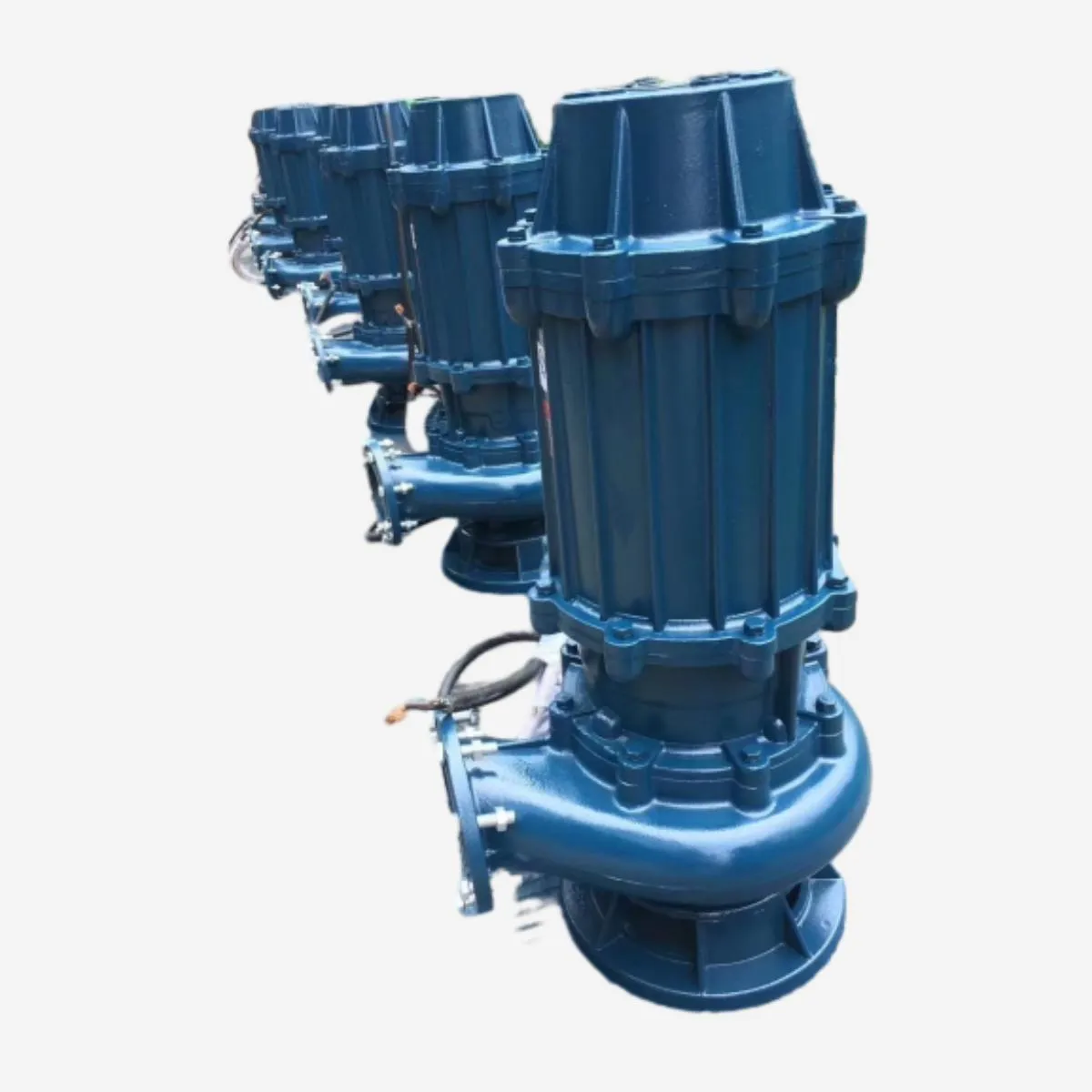English
- Afrikaans
- Albanian
- Amharic
- Arabic
- Armenian
- Azerbaijani
- Basque
- Belarusian
- Bengali
- Bosnian
- Bulgarian
- Catalan
- Cebuano
- Corsican
- Croatian
- Czech
- Danish
- Dutch
- English
- Esperanto
- Estonian
- Finnish
- French
- Frisian
- Galician
- Georgian
- German
- Greek
- Gujarati
- Haitian Creole
- hausa
- hawaiian
- Hebrew
- Hindi
- Miao
- Hungarian
- Icelandic
- igbo
- Indonesian
- irish
- Italian
- Japanese
- Javanese
- Kannada
- kazakh
- Khmer
- Rwandese
- Korean
- Kurdish
- Kyrgyz
- Lao
- Latin
- Latvian
- Lithuanian
- Luxembourgish
- Macedonian
- Malgashi
- Malay
- Malayalam
- Maltese
- Maori
- Marathi
- Mongolian
- Myanmar
- Nepali
- Norwegian
- Norwegian
- Occitan
- Pashto
- Persian
- Polish
- Portuguese
- Punjabi
- Romanian
- Russian
- Samoan
- Scottish Gaelic
- Serbian
- Sesotho
- Shona
- Sindhi
- Sinhala
- Slovak
- Slovenian
- Somali
- Spanish
- Sundanese
- Swahili
- Swedish
- Tagalog
- Tajik
- Tamil
- Tatar
- Telugu
- Thai
- Turkish
- Turkmen
- Ukrainian
- Urdu
- Uighur
- Uzbek
- Vietnamese
- Welsh
- Bantu
- Yiddish
- Yoruba
- Zulu
Telephone: +86 13120555503
Email: frank@cypump.com
Nov . 06, 2024 07:02 Back to list
Understanding the Components and Functionality of Sewer Pump Systems for Effective Waste Management
Understanding Sewer Pump Systems
Sewer pump systems play a crucial role in maintaining public health and environmental safety in urban areas. These systems are essential for handling wastewater and ensuring it is transported efficiently to treatment facilities. As urban populations grow and infrastructure ages, the importance of effective sewer pump systems becomes increasingly apparent.
What is a Sewer Pump System?
A sewer pump system consists of various components designed to move wastewater from lower to higher elevations, ensuring that it reaches the main sewer line or treatment facility. Typically, these systems utilize submersible pumps or grinder pumps capable of handling both liquid waste and solid materials. These pumps help prevent sewage backups and overflow in residential and commercial areas.
How Sewer Pump Systems Work
The operation of a sewer pump system begins when wastewater flows into a collection tank, known as a wet well. This tank acts as a holding chamber for incoming sewage. Once a certain level is reached, the pump is activated. Submersible pumps are often installed in this chamber, submerged in the wastewater, where they efficiently push the liquid through pipelines to the treatment facility.
In some cases, grinder pumps are employed, especially in areas where gravity flow is not possible. These pumps not only move wastewater but also grind solid waste into smaller pieces, allowing it to flow seamlessly through the pipes without clogging. This capability is particularly important in residential neighborhoods with sewer systems that require horizontal movement against gravity.
Key Components of Sewer Pump Systems
1. Pump The heart of the sewer system, pumps can be either submersible or above-ground. Submersible pumps are favored for their efficiency and ability to handle harsher wastewater conditions.
2. Piping Pipes transport wastewater from the pumping station to the treatment facility. They must be durable to withstand corrosive sludge and high-pressure conditions.
sewer pump systems

3. Control Panel This component monitors the system's operation, including the pump's activity and the levels of wastewater in the collection tank. It often features alarms to alert operators of malfunctions.
4. Float Switches These devices detect wastewater levels in the wet well and signal the pump to turn on or off as needed, ensuring that the system operates only when required.
The Importance of Maintenance
Maintaining sewer pump systems is vital for ensuring long-term functionality and preventing costly failures. Regular inspections and maintenance tasks include checking the pumps for wear, cleaning float switches, and inspecting the integrity of the piping. Operators should also review the control panel settings to prevent malfunctions. Neglecting maintenance can lead to pump failures, resulting in sewage backups that pose serious health risks and environmental hazards.
Challenges Facing Sewer Pump Systems
Sewer pump systems are not without their challenges. One common issue is the accumulation of fat, oil, and grease (FOG) in the system, often introduced by improper disposal methods in kitchens. FOG can clog pipes and hinder pump operation, leading to backups and costly repairs. Additionally, aging infrastructure poses a significant challenge, as older systems may not be designed to handle the increased volume of wastewater from modern developments.
Environmental concerns also play a role in the operation of sewer pump systems. Operators must ensure that wastewater is treated properly to prevent pollution of surrounding waterways. Compliance with local regulations is essential, and ongoing investment in infrastructure upgrades is necessary to keep up with technological advancements and population growth.
Conclusion
Sewer pump systems are integral to urban wastewater management, protecting public health and the environment. Understanding their operation, components, and maintenance needs is essential for anyone involved in municipal planning, infrastructure management, or environmental protection. As cities continue to grow and face new challenges, the importance of reliable and efficient sewer pump systems will only become more significant in safeguarding our communities and ecosystems.
-
ISG Series Vertical Pipeline Pump|High Efficiency&Low Noise
NewsJul.29,2025
-
ISG Series Vertical Pipeline Pump - Chi Yuan Pumps Co., LTD.|High Efficiency, Energy Conservation, Low Noise
NewsJul.29,2025
-
ISG Series Vertical Pipeline Pump-Chi Yuan Pumps Co., LTD.|High Efficiency&Energy-Saving
NewsJul.29,2025
-
ISG Series Vertical Pipeline Pump - Chi Yuan Pumps Co., LTD. | High Efficiency, Energy-Saving
NewsJul.29,2025
-
ISG Series Pipeline Pump - Chi Yuan Pumps | High Efficiency, Low Noise
NewsJul.29,2025
-
High-Efficiency Vertical Slurry Pumps for Mining & Industry Solutions
NewsJul.29,2025










